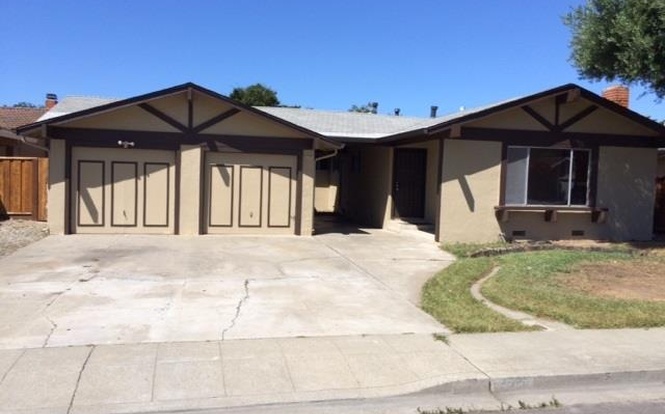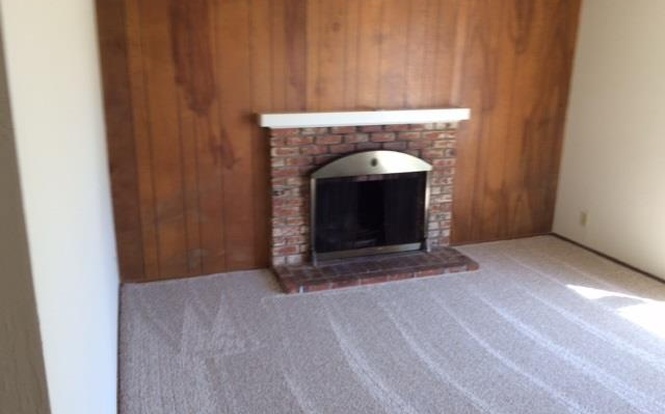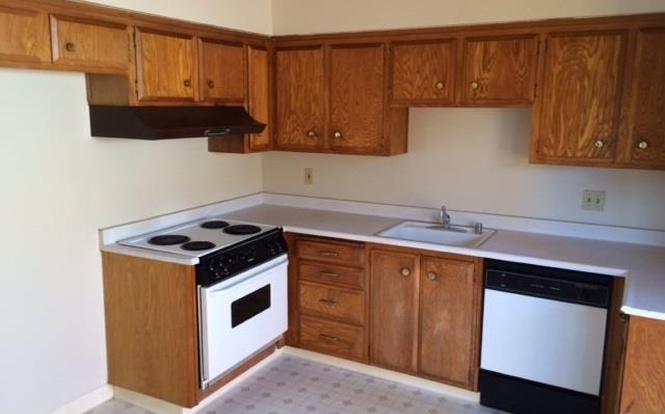Headline News
New Home Sales: New home sales projections were up 89,000 or 16.6%, to a seasonally adjusted annual rate of 619,000 in April. This is the highest new home sales projection since January 2008. There was also an upward revision of 39,000 for February and March. Prices of new homes were also up 7.8% for the month to $321,100. This is 9.7% on the year. The surge in sales did have a big effect on the number of homes available in the market as supply fell to 4.7 months from 5.5 months. Turning to regional data, there was a more than 50% increase in sales in the Northeast, which is the nation’s smallest housing region. There also are very few sales in the Midwest overall, but they’re down 4.8% for April. In contrast, sales were up 15.8% in the South and 23.6% in the West.
MBA Mortgage Applications: Purchase applications were up 5.0% and refinances were up 0.4% despite rates that were a little bit higher. The average rate for a 30-year-conforming mortgage was up three basis points to 3.85%.
International Trade in Goods: The trade deficit rose $1.9 billion in April to $57.5 billion when looking at goods. However, demand for goods across the globe was also up as exports rose 1.8%, not quite keeping pace with a 2.3% rise in imports. Exports of industrial supplies were up 5.1% due to higher prices for oil. Exports of cars and trucks were also up 4.5%. Exports of consumer goods were up 1% and foods were up 4.4%. Capital goods were a little weak, up only 0.3%. On the imports side, capital goods were up 4.3%. Industrial supplies jumped 4% due to higher gas prices. Imports of automobiles were up 1.9%, while consumer goods were up 0.9%.
FHFA House Price Index: Home prices were up 0.7% in March and they’re up 6.1% for the year. The Pacific and Mountain regions continue to lead the way in terms of year-on-year price appreciation, in the high single digits. Meanwhile, growth is much slower in New England and the Mid-Atlantic, which bring up the rear.
Durable Goods Orders: New orders were up 3.4% in the month of April. This is an outsized gain over consensus expectations. The big reason for this was a 2.9% gain in orders for vehicles. That’s where a little bit of the air comes out of this balloon. If you take out transportation, orders were only up 0.4% on the month and are down 1.4% for the year. Core capital goods orders were also down 0.8% in April and they’re down 5.0% for the year. This points to weakness in business investment. Still, overall orders are up 1.9% on the year, so we’ll see where this goes.
Jobless Claims: New claims are down 10,000 this week to 268,000. The four-week average rose, up 2,750 to 278,500. Continuing claims, on the other hand, were up 10,000, coming in at 2.163 million. The four-week average was up 8,000 at 2.151 million.
Pending Home Sales Index: Pending home sales were up 5.1% to 116.3 in April. This is a good sign that more homes are under contract. The West was up 11.4% on the strength of existing home sales. In the South, pending sales are up 5.1%.
GDP: In their second revision, GDP numbers for the first quarter came in at 0.8%. This is up 0.3% from the initial estimate, but still failed to meet consensus expectations. There were positive provisions for both residential investment and exports. In a negative, there was an upward revision to inventories. Non-residential investment is still showing only weak gains. Personal consumption was only up 1.9%. Final demand only came in 0.1% higher to 1.2%. Inflation metrics were down 0.1% to 0.6% quarter to quarter.
Consumer Sentiment: Consumer sentiment came in down 1.1 points to 94.7 in its final reading of May. This is still up five points over April and the best since last year. The expectations, however, are up 7.3 point from April, landing at 84.9. This is due to a strong jobs outlook. Current conditions rose 3.2 points from April to 109.9. One-year inflation expectations are down despite higher gas prices, falling 0.1% to 2.4%. Five-year expectations are also down 0.1% at 2.5%, unchanged from April.
Mortgage News
Mortgage rates saw hikes across the board last week.
Thirty-year fixed-rate mortgages (FRMs) averaged 3.64% with an average 0.5 point for the week ending May 26, 2016, up from last week when they averaged 3.58%. A year ago at this time, 30-year FRMs averaged 3.87%.
Fifteen-year FRMs this week averaged 2.89% with an average 0.5 point, up from last week when they averaged 2.81%. A year ago at this time, 15-year FRMs averaged 3.11%.
Five-year Treasury-indexed hybrid adjustable rate mortgage (ARMs) averaged 2.87% this week with an average 0.5 point, up from last week when they averaged 2.80%. A year ago, 5-year ARMs averaged 2.90%.
Stock Market
Markets really like certainty and a sense of direction. Therefore, when Federal Reserve chairwoman Janet Yellen speaks and says an interest rate hike might be appropriate in the coming months, they’re actually pretty happy. It gives them guidance as to what to expect. These were the market conditions heading into the long weekend. All the stock indexes showed major gains.
The Dow Jones Industrial Average was up 44.93 points on Friday and 2.13% for the week, reaching 17,873.22. Meanwhile, the S&P 500 rose 8.96 points to finish at 2,099.06. This was a 2.28% weekly gain. The NASDAQ was up exactly 25 points to 4,926, a 3.44% gain since last Friday.
The Week Ahead
Tuesday, May 31
Personal Income and Outlays (8:30 a.m. ET) – This measures all possible income sources as well as expenditures of the public.
S&P Case-Shiller HPI (9:00 a.m. ET) – The S&P Case-Shiller home pricing index tracks monthly changes in the value of residential real estate in 20 metropolitan regions across the U.S.
Consumer Confidence (10:00 a.m. ET) – The Conference Board compiles a survey of consumer attitudes on the economy. The headline Consumer Confidence Index is based on consumer perceptions of current business and employment conditions, as well as their expectations when considering business conditions, employment and income.
Wednesday, June 1
MBA Mortgage Applications (7:00 a.m. ET) – The mortgage applications index measures applications to mortgage lenders. This is a leading indicator for single-family home sales and housing construction.
ISM Manufacturing Index (10:00 a.m.) – This index measures the general direction of manufacturing within the U.S. The qualitative survey of purchasing managers looks at production, new orders, order backlogs, inventories and supplier deliveries, among other factors.
Thursday, June 2
Jobless Claims (8:30 a.m. ET) – New unemployment claims are compiled weekly to show the number of individuals who filed for unemployment insurance for the first time. An increasing trend suggests a deteriorating labor market. The four-week moving average of new claims smooths out weekly volatility.
Friday, June 3
Employment Situation (8:30 a.m. ET) – The employment situation report measures unemployment in the labor force as well as the sentiments of workers about the job market.
International Trade (8:30 a.m. ET) – International trade is composed of merchandise (tangible goods) and services. It’s available by export, import and trade balance for six principal end-use commodity categories and for more than 100 principal Standard International Trade Classification system commodity groupings.
The employment situation report always has the potential to make the bond markets move one way or the other, so if you see a rate you like this week, now would be a good time to lock it in just in case rates go up.
So we know the important data that’s coming next week, but before you think we’re all mortgages and economics, we’ve got enough home, money and life content to keep you going all week long. Subscribe to the Zing Blog below and never miss another post.


